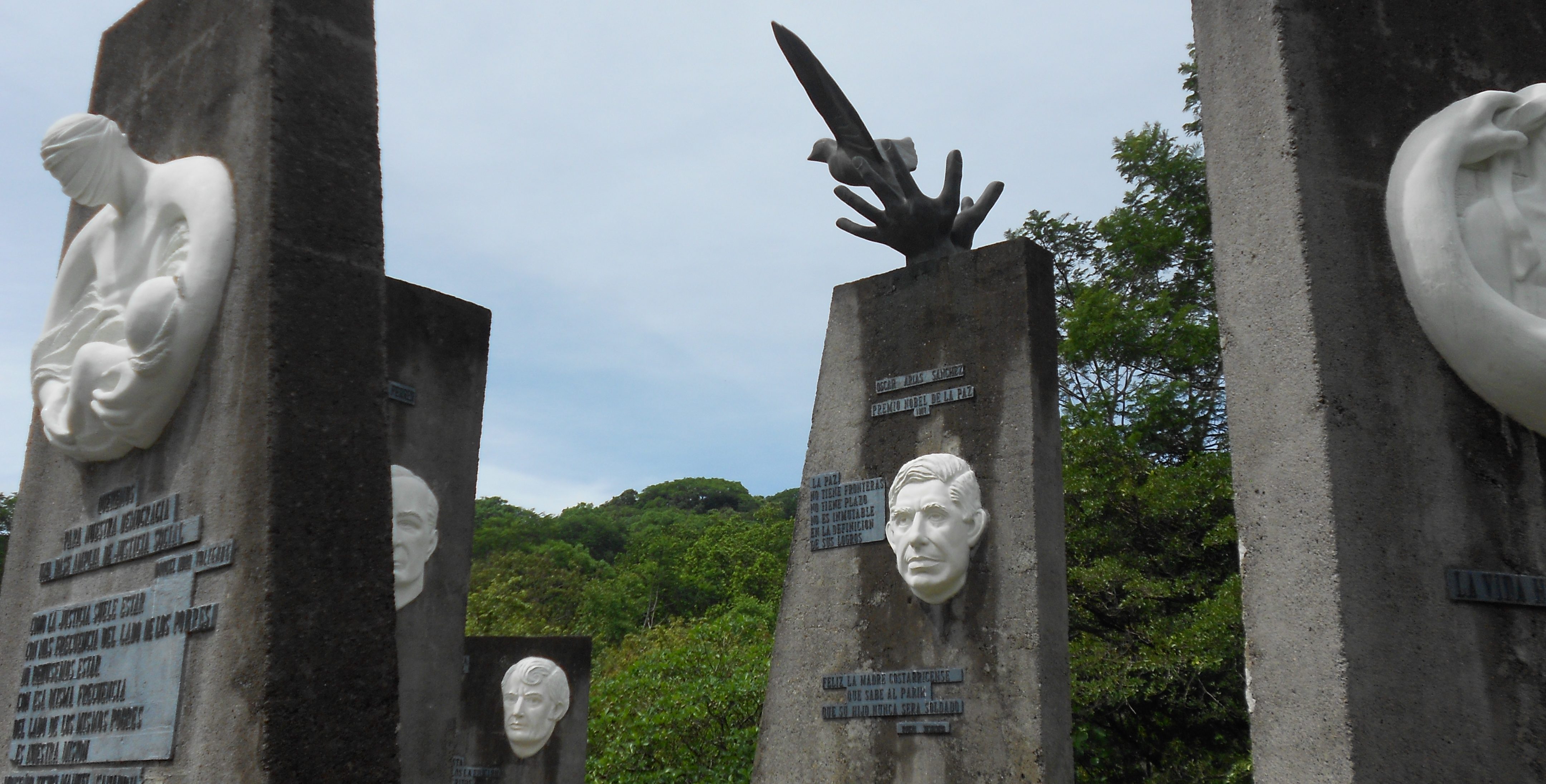September 7, 2018Read the full article here
By Peter Coleman and Jaclyn Donahue
While there is no question that peace researchers, practitioners and policy makers have contributed important insights into the mitigation of war, violence, aggression, and conflict, the fact remains that we still have a very limited understanding of the factors and dynamics that promote and sustain positive states of peace in communities. Yet research suggests there are meaningful, qualitative differences between the policies and practices that ensure an absence of violence and those that promote and sustain peace. Today, the absence of a more comprehensive understanding of peace impairs the articulation of effective policies, programs, and measures for sustaining peace.
To address this gap in the study and practice of sustaining peace, the Advanced Consortium of Cooperation, Conflict and Complexity (AC4) at Columbia University has convened an interdisciplinary team of experts in a range of disciplines to identify and visualize the core dynamics of positive, sustainable peace.
As a core component of this project, the Sustainable Peace Project (SPP) team has turned to historical, ethnographic, and political science data on sustainably peaceful societies and begun to isolate key variables that appear to contribute to the maintenance of sustainable peace. Based primarily on the work of SPP team member anthropologist Douglas Fry, the project has identified a few basic factors believed to be associated with sustaining peace, including: an overarching identity that unites groups across their differences; interconnections among subgroups through trade, intermarriage, sports teams, or associations; cooperative forms of interdependence due to mutual ecological or economic dependencies or common security interests; socialization of non-warring values and taboos against violence in homes, schools, and communities; symbolism and ceremonies that reinforce and celebrate peace; and the physical safety of women.
To illustrate and further elaborate on the conditions for sustaining peace, the SPP team has begun conducting a series of case studies on countries ranked high on various peace, happiness, and social harmony indices. To date, these include case studies on Norway, Costa Rica, Mauritius, Singapore, and Iceland. Below, we offer a brief summary of the case of Costa Rica as a modern example of a nation that has taken meaningful and largely effective steps towards fostering and sustaining positive peace. Costa Rica Almost 70 years ago, Costa Rica emerged from a bloody civil war to become one of the only nations in the world to disband its military and redirect national resources toward education, health, and the environment. Today, Costa Rica is ranked high on the Global Peace Index, very high on the Positive Peace Index, and number 13 (of 156 nations) in the 2018 World Happiness Report. Costa Rica has been referred to as “a model in terms of the development of a culture of peace.”1 How is this possible? Let us examine some of the ways: 1. Defining itself as a peaceful nation In 1948, Costa Rica’s president, Jose Figueres Ferrer, the former leader of an armed revolution, chose peace. After being in power for only 18 months, Figueres granted women and blacks the right to vote, preserved and expanded the country’s social welfare system, and completely demilitarized. The absence of a military and the centrality of peace now are a pivotal part of Costa Rican identity. 2. A well-developed vision of what peacefulness entails Due to the absence of a military, Costa Rica has been able to direct resources into social welfare policies, including education, which has a constitutionally mandated spending minimum, has been made free and compulsory, and has been credited for the active involvement by citizens in policy debates. Costa Rica’s democratic tradition has ensured the continuous holding of free and fair elections since 1948. The Supreme Court also acknowledged peace as a human right. 3. Emulation of peaceful leaders and elites who model a commitment to peace and nonviolence Since Figueres, Costa Rica’s leaders have been models of demilitarization, diplomacy, and neutrality and have promoted human rights throughout Central America. Notably, in 1987, then-President Oscar Arias received the Nobel Peace Prize for being the driving force behind the Esquipulas agreement, a regional peace plan signed by five Central American countries.
Pictured above is the Monument to Disarmament, Work and Peace, on the campus of the University for Peace in San José. It features a series of monuments honoring individuals and moments that contributed to building and maintaining peace in Costa Rica and the region, including Oscar Arias Sanchez, the Nobel Peace Prize laureate. (Photo credit Francesca Cameron)
